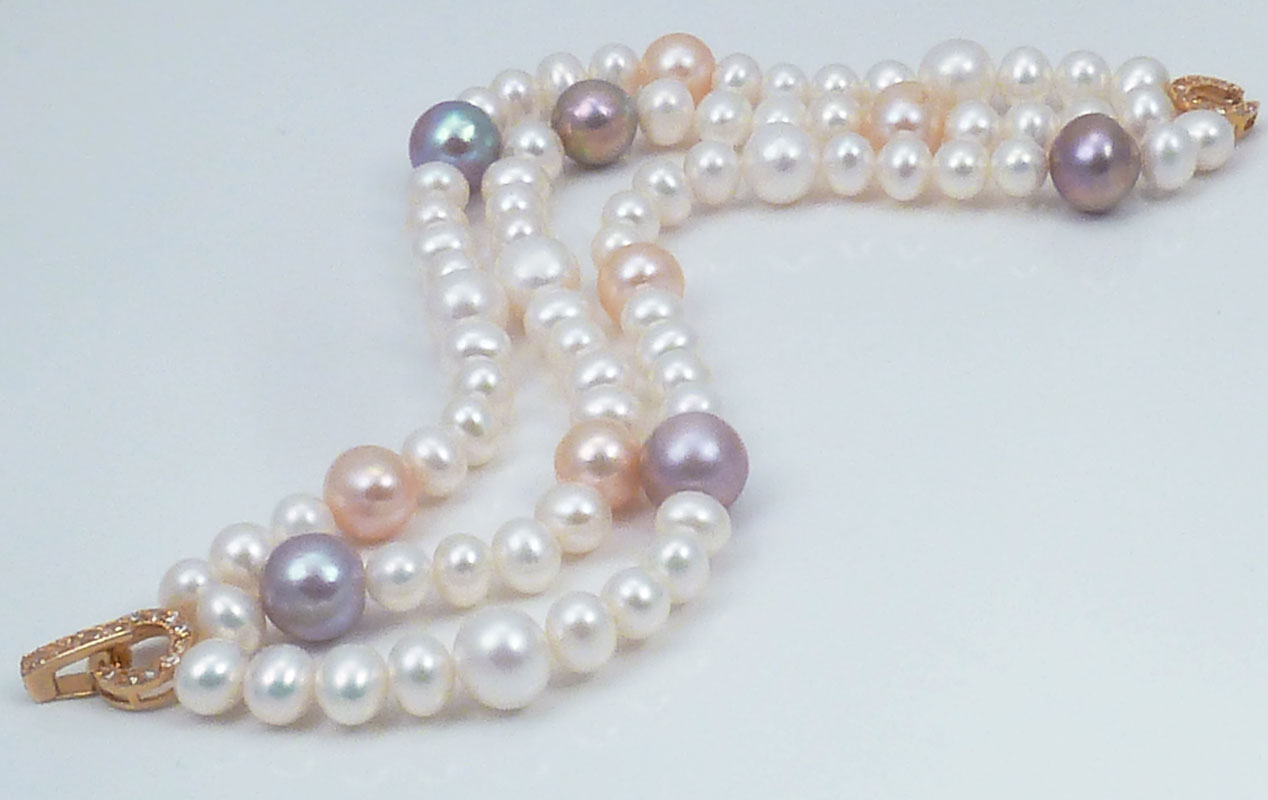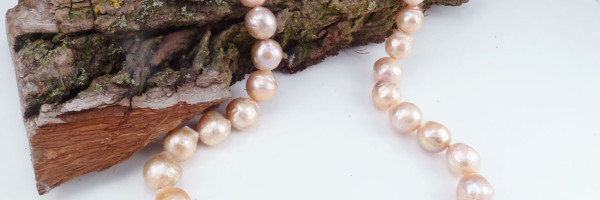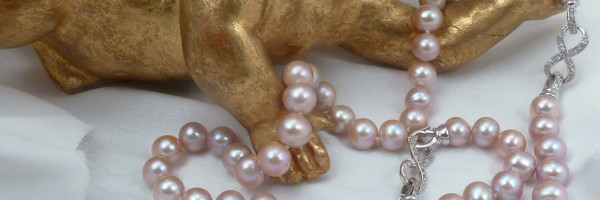
Believe it or not, culturing the pearls started in China as early as in the 5th century. The Chinese put small Budhas made of shell in the mollusks. Then, they returned them in the water. In couple of years, they opened those mollusks to find the Budhas covered with layers of nacre. Today, culturing different types of pearls is a complicated and sophisticated process.
In the beginning of the 20th century, different types of pearls have been cultured. First, saltwater or Akoya pearls appeared in the market. Then, in 1930s, the Japanese pearl farmers began culturing the freshwater pearls in the Lake Biwa. Those freshwater cultured pearls possessed gorgeous colors. However, due to water pollution, it has become impossible to culture pearls in the Lake Biwa.
China has great resources enabling the country to grow freshwater cultured pearls on a broad scale. It has many lakes and rivers as well as cheap labor. China has hard-working people known for their persistence and perseverance. The country has the desire to advance and to prosper.
Actually, commercial culturing of freshwater pearls started in China in the 1960s. At the beginning, they produced low-quality pearls. People dubbed them “crispy pearls”. Have you heard about an amazing fact? It took only 20-30 years for the Chinese pearl farmers to become the major producer of freshwater cultured pearls. To date, they compete in their beauty with other types of pearls. We mean saltwater pearls, for instance Japanese Akoya pearls or South Sea pearls.
Chinese freshwater pearls
No doubt that the Chinese pearl farmers were copying the technologies invented by the Japanese to culture the saltwater pearls. However, we should note some essential differences in culturing the freshwater and the saltwater pearls. The majority of the former are tissue-nucleated. Due to the mussel anatomy, the pearl farmers prefer to avoid using a bead nucleus. To culture the freshwater pearls, they use only a piece mantle tissue.
They grow a tissue-nucleated freshwater pearl differently than a saltwater cultured one. A specialist insert a piece of mantle tissue in the soft tissues of the mollusk. A pearl sac is formed around the mantle tissue. As a result, this triggers the nacre secretion. Layers of nacre cover the inserted mantle tissue reproducing its shape. Ideally, a grafted mussel should stay in the water about 2-7 years. Then, cultured freshwater pearls will grow to a proper size.
Tissue-nucleated freshwater cultured pearls do not have a round bead nucleus like their saltwater counterparts. Thus, the probability of getting a pearl that is not round is high.
By the way, each mussel may be implanted by up to 50 tiny pieces of mantle tissue inserted for grafting.
In general, culturing different types of pearls is not easy. It is different for the saltwater and the freshwater pearls. At present, the Chinese pearl farmers are striving for getting pearls of higher quality. So, they use only 24-32 pieces. Which gives a chance to get pearls of bigger size and higher quality. That is why Jewelry Olga, choosing between different types of pearls, prefers working with Chinese pearls to create its one-of-a-kind designer pearl jewelry. Being beautiful and diverse, they provide pearl jewelry designers with great material triggering their inspiration and creativity.



